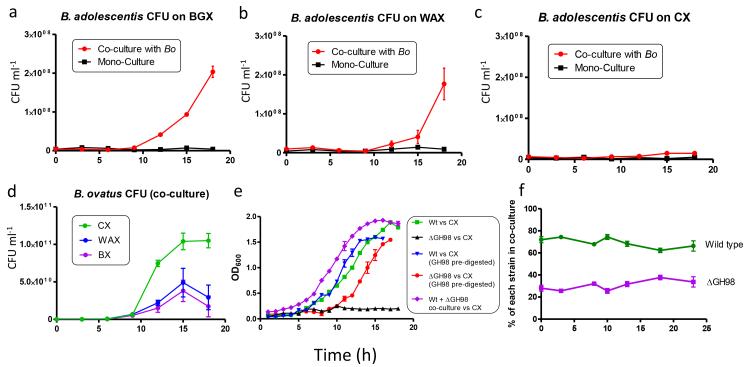Figure 9. The ability of other members of the microbiota to use PBPs released by B. ovatus during growth on xylan is determined by the complexity of the polysaccharide.
Bacteroides ovatus (Bo) and Bifidobacterium adolescentis were co-cultured on BGX (a), WAX (b) and CX (c) and the number of CFUs of each determined at different points on the growth curve. d, shows the CFU ml−1 of B. ovatus alone at different phases of growth. Note, when the Bifidobacterium alone was grown on digested xylans (see Supplementary Fig. 8), the CFU ml−1 at late exponential phase (OD600 ~1.2) was ~8.0 × 108, indicating that ~25% of the total xylan is used by B. adolescentis. e, Growth of B. ovatus wild type and the ΔGH98 mutant (BACOVA_03433) on CX (0.5% w/v). Pre-digested indicates the CX was digested to completion with the GH98 xylanase prior to addition to the media. f, Tagged strains of wild-type B. ovatus and the ΔGH98 mutant were co-cultured on CX (see panel e for growth curve). Samples were taken at different time points and qPCR with primers unique to each strain was used to determine the ratio of each in the culture. Each data point is the average and s.d. of triplicate growths.

